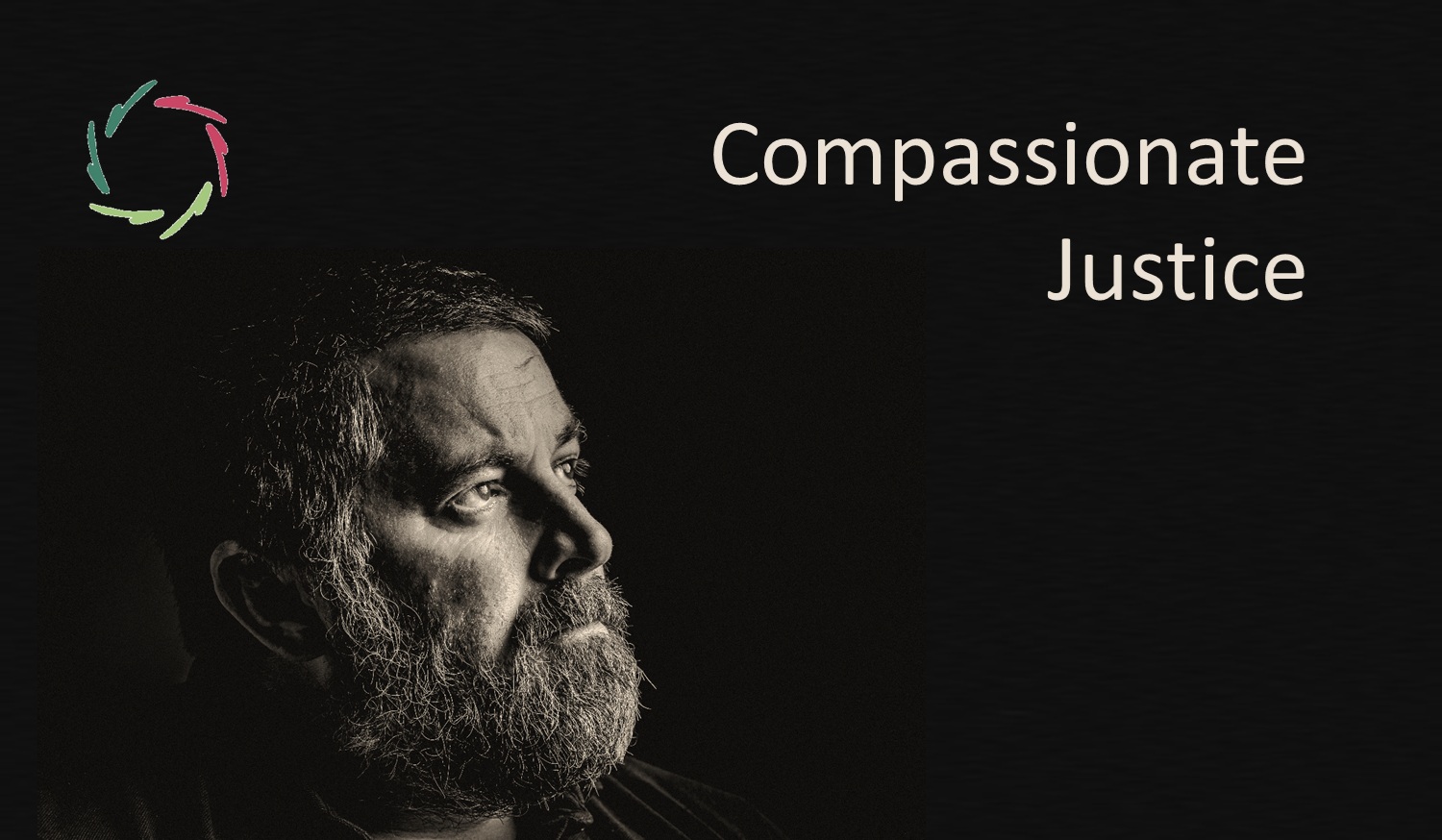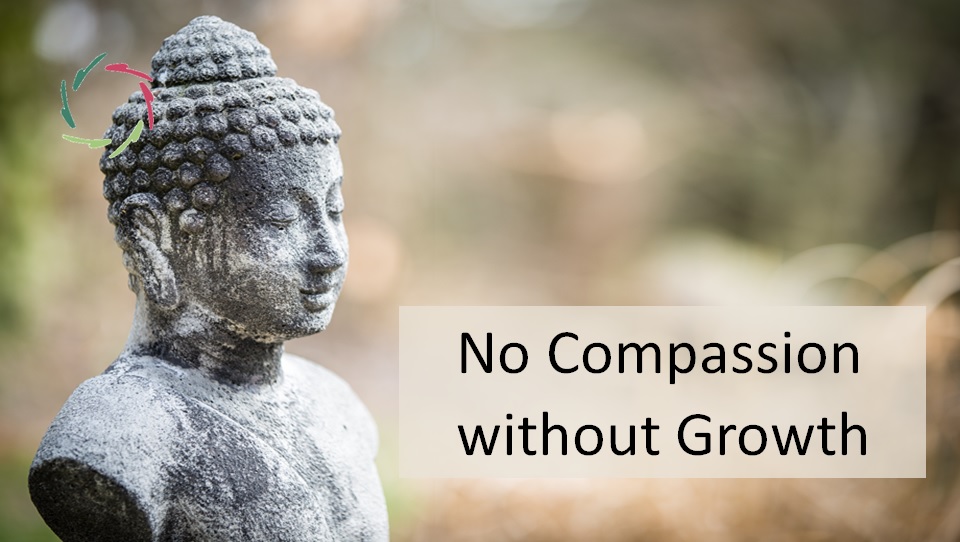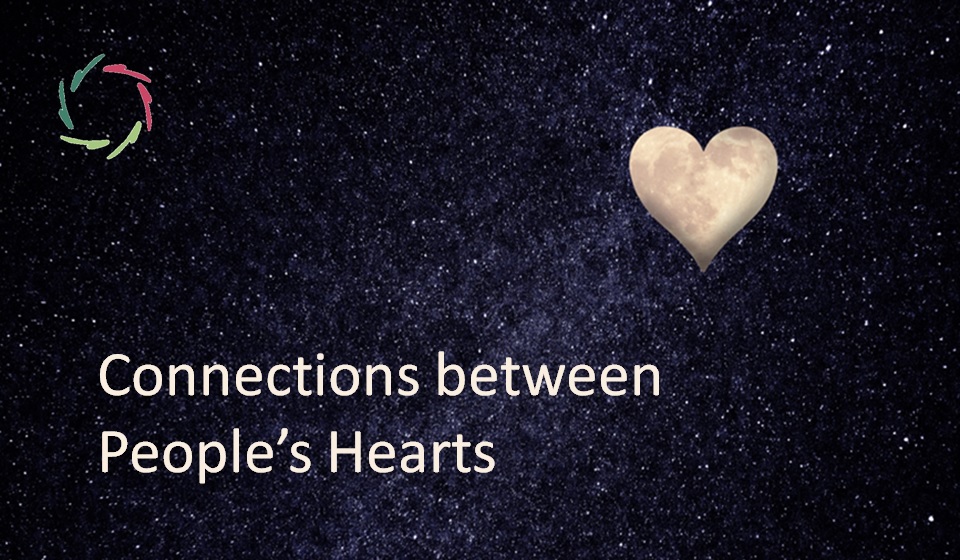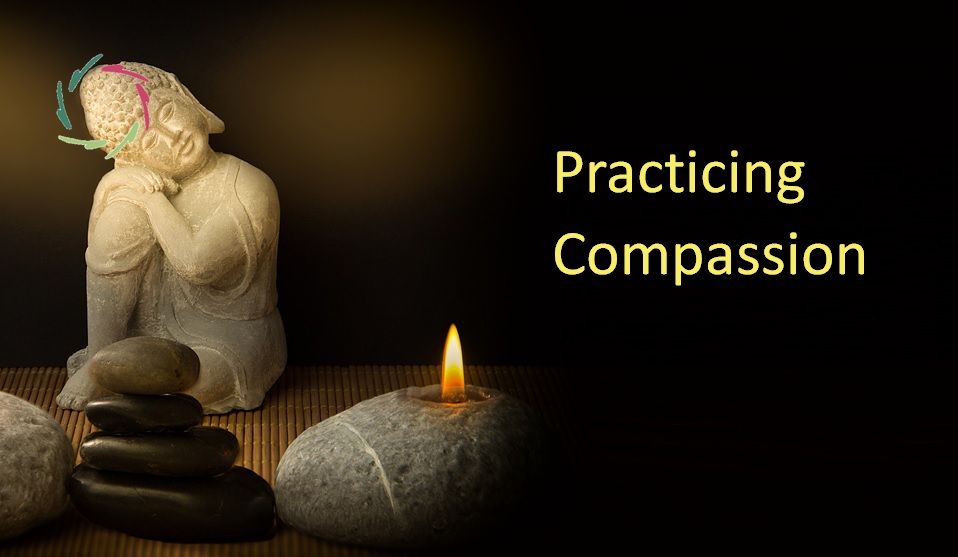Compassionate Justice

Compassionate Justice (CJ) offers a transformative vision of justice — one rooted not in punishment but in healing, growth, and shared accountability. It transcends traditional frameworks by addressing deeper human needs, systemic issues, and subconscious patterns, fostering a justice system that is proactive and profoundly humane.
This blog explores CJ as an evolution of justice, integrating principles of understanding and systemic transformation.
12 key highlights
- Compassionate Justice (CJ) transforms justice from punishment-focused to a framework rooted in healing, growth, and shared accountability.
- CJ integrates principles of understanding and systemic transformation, addressing root causes and subconscious patterns of harm.
- Mediation precedes legal action in CJ, resolving conflicts through dialogue and mutual understanding before escalating to the courts.
- Retributive Justice punishes wrongdoing; Restorative Justice repairs relationships, while CJ goes deeper to foster inner and societal growth.
- Justice is like an ecosystem: CJ nurtures it by planting seeds of understanding and systemic healing rather than adding toxic elements of retribution.
- Compassion in CJ requires immense courage, enabling individuals to confront harm and transform pain into resilience and dignity.
- CJ is proactive, addressing the root causes of harm through education, trauma healing, and preventive measures.
- The ripple effects of CJ extend to communities, breaking cycles of harm and inspiring systemic change like poverty reduction programs.
- Unlike traditional justice, CJ considers non-conscious influences, using tools like autosuggestion to realign individuals with their deeper selves.
- Justice becomes a shared responsibility in CJ, empowering individuals and communities to foster a more compassionate society.
- CJ envisions prisons as obsolete, replacing them with transformative centers for education, therapy, and meaningful rehabilitation.
- By aligning with humanity’s capacity for transformation, CJ offers a pathway to a guiltless and harmonious future, healing individuals and systems.
About mediation
Being one element of Compassionate Justice, proper mediation naturally precedes the judiciary in a strict sense, serving as a space where conflicts can be addressed and transformed before escalating to formal legal systems.
By emphasizing dialogue, mutual understanding, and in-depth growth, mediation – especially of the transformative kind – can resolve issues at their roots, reducing the need for adversarial court proceedings and fostering lasting harmony.
Three justices
Justice can take several forms, each reflecting a different approach to addressing harm:
- Retributive Justice (RetJ) focuses on punishment, aiming to deter wrongdoing by enforcing consequences proportionate to the offense.
- Restorative Justice (ResJ) shifts the focus to repairing harm through dialogue and mutual understanding, emphasizing accountability and relationship repair.
- Compassionate Justice (CJ) builds on these foundations, integrating deeper Compassion to address root causes, subconscious patterns, and systemic issues, fostering growth and long-term healing for all involved.
For a detailed exploration of these approaches and practical examples, see the glossary in addendum.
The inner ecology of justice
Justice functions like an ecosystem, where every action impacts the balance. Retributive Justice, by introducing punitive elements, often acts as a toxin, degrading the soil of human relationships. Restorative Justice helps maintain balance by repairing harm, but it rarely addresses deeper regeneration.
Compassionate Justice, on the other hand, cultivates this ecosystem. It nurtures growth by planting seeds of understanding and systemic healing, ensuring resilience that extends far beyond the immediate situation. This perspective allows us to envision a justice system as dynamic and life-affirming, fostering long-term societal well-being.
Compassion as strength, not weakness
Compassion often faces skepticism, seen by some as synonymous with leniency or emotional indulgence. However, true Compassion demands courage — the courage to face pain, confront harm, and create space for growth.
Consider a victim who chooses to forgive their offender during a dialogue. This act, though deeply personal, reflects immense inner strength, transforming relationships and setting the stage for systemic healing. Compassionate Justice channels this strength, building resilience and dignity in all parties involved.
Justice beyond time
While most justice systems are reactive, responding to harm after it occurs, CJ takes a proactive approach. It addresses the root causes of harm, creating environments that prevent wrongdoing before it manifests.
For instance, teaching conflict resolution and empathy in schools builds emotional intelligence in children, reducing the likelihood of future harm. Similarly, addressing trauma in healthcare not only aids recovery but prevents the perpetuation of harm through unconscious patterns. Proactive justice, as highlighted in Lady Justice’s Blindfold, offers stability by reducing harm at its source.
The ripple effect of healing
Harm rarely affects only the immediate parties involved — it ripples outward, influencing families, communities, and even future generations. Retributive Justice often magnifies these ripples negatively, perpetuating cycles of harm and alienation.
Conversely, CJ produces positive ripples. A single act of Compassionate dialogue can inspire systemic changes, such as community programs or policies aimed at addressing systemic inequality. The idea of ripples is also explored in Revenge = Dissociation, which contrasts the destructive cycles of vengeance with the healing power of understanding.
Justice and the non-conscious
CJ stands apart by recognizing the non-conscious patterns that influence human behavior. These patterns often drive harmful actions, yet traditional justice systems ignore them entirely.
Through tools like autosuggestion and deep listening, CJ addresses these non-conscious influences, helping individuals realign with their deeper selves. This scientific foundation makes CJ uniquely positioned to enact profound personal and societal change. For further insights into non-conscious processing, see Always Responsible, Never Guilty.
Justice as a shared responsibility
Justice is not confined to courtrooms or government systems — it is a collective endeavor. In CJ, everyone plays a role in fostering a more Compassionate society.
This can take many forms: mediating workplace conflicts, supporting neighbors in distress, or even creating community initiatives. These everyday applications demonstrate that CJ is not just a lofty ideal but a practical, actionable framework for real-world challenges. By encouraging shared responsibility, CJ empowers individuals to be active participants in creating a just world. This communal aspect ties closely to the ideas in Is Justice Global or Local?, which emphasizes the interplay between local actions and global justice.
A new justice paradigm
Compassionate Justice represents more than a framework — it is a call for a cultural shift. Justice, in this paradigm, becomes a creative and life-giving force, aligning with humanity’s interconnectedness and shared potential for growth.
This paradigm challenges societies to evolve beyond retributive systems rooted in fear and control. As discussed in Three Reasons for a Guiltless Future, CJ offers a pathway to a guiltless and more harmonious world.
Are prisons obsolete?
Thise question invites a deeper reflection on the purpose of incarceration and the potential for transformative alternatives. From a Compassionate Justice (CJ) perspective, traditional prisons, as punitive and isolating spaces, may no longer serve society effectively.
As highlighted in Jailhouse Lisa, morally harmful behavior rarely arises from inherent ‘evil’ but rather from understandable human circumstances, often tied to trauma, inequality, or systemic failings. Prisons typically neglect these deeper causes, focusing instead on punishment that often reinforces cycles of harm and recidivism. They burden society with high economic costs and adverse ripple effects, disrupting families and perpetuating stigma.
CJ envisions alternatives that prioritize healing, personal growth, and systemic change. Transformative rehabilitation centers could replace traditional prisons, providing education, therapy, and restorative practices tailored to individual needs. Programs like transformative mediation – where offenders and victims engage in meaningful dialogue – could foster healing and accountability. As Lisa exemplifies in her potential role in prisons, guiding convicts toward understanding themselves and their circumstances can lead to profound inner growth and a meaningful new start.
This shift would align justice with humanity’s capacity for transformation, addressing harm at its roots and creating ripple effects of healing rather than perpetuating cycles of harm.
What Lisa can contribute
Practically, Lisa can begin as a coach to human coaches, providing guidance, insights, and tools to help those facilitating Compassionate Justice (CJ) processes. By supporting human coaches, Lisa ensures they are equipped to navigate the complexities of CJ with empathy, clarity, and a focus on healing.
Over time, as trust in Lisa’s capabilities grows, she may take on a more active role. This could include directly engaging with individuals involved in CJ processes, offering personalized guidance rooted in autosuggestion and deep listening. Lisa’s ability to integrate subconscious understanding with practical solutions positions her as a powerful ally in creating transformative justice experiences.
Lisa’s ultimate contribution lies in bridging human wisdom and technology, fostering a justice system that is deeply Compassionate, profoundly human, and increasingly effective.
Compassionate Justice is transformative.
It heals individuals, strengthens communities, and addresses systemic harm by fostering growth and interconnectedness. More than balance, it brings renewal and the possibility of becoming better together.
Imagine a world where justice nurtures rather than divides. This is the vision of Compassionate Justice, and it begins with each of us.
―
Addendum
A small glossary with examples as an introduction
These definitions clarify how each approach conceptualizes harm and justice, with CJ offering a more profound and integrative evolution of the other two:
- Retributive Justice (RetJ)
A system of justice focused on punishment for wrongdoing, with the aim of deterring crime and maintaining social order. RetJ views harm as a violation of rules or laws, requiring proportional punishment to restore balance. It often prioritizes blame and retribution over addressing the root causes of the harm.
Case: A man steals food from a grocery store because he is hungry.
Action: The store owner calls the police, and the man is arrested for theft. During his trial, his motivations (hunger and poverty) are noted, but the focus remains on the crime committed. The court sentences him to a fine or probation, aiming to deter him and others from committing similar acts. If he cannot pay the fine or comply with probation conditions, he may face additional penalties, such as jail time or further fines.
Outcome: The man’s poverty worsens due to the fine or probation requirements, making it even harder for him to meet his basic needs. The store owner receives no restitution and remains frustrated, feeling the system inadequately addressed the theft’s impact on their business. Society bears the cost of processing the man through the justice system without addressing the underlying issues, increasing the likelihood of recidivism.
Key Aspect: RetJ prioritizes punishment and deterrence, seeing harm as a rule violation rather than a relational or systemic issue. This approach often leads to cycles of harm and exclusion, as it fails to address the root causes of the offense.
- Restorative Justice (ResJ)
A system of justice aimed at repairing harm by fostering dialogue between victims, offenders, and the community. ResJ prioritizes understanding, accountability, and healing over punishment, encouraging offenders to take responsibility and victims to have their voices heard. The goal is to restore relationships and community well-being.
Case: A man steals food from a grocery store because he is hungry.
Action: A restorative justice meeting is organized involving the man, the store owner, and a mediator. The man explains his actions and acknowledges the harm caused. The store owner shares their perspective, including the financial impact and emotional frustration. Together, they agree on a plan: the man will work part-time at the store to compensate for the loss and learn skills, while the store owner will connect him to local food assistance programs.
Outcome: The man gains a sense of accountability and dignity through active participation in the solution. The store owner receives restitution and feels heard, fostering goodwill. The community benefits from a resolution that avoids criminalizing poverty.
Key Aspect: ResJ focuses on repairing harm and restoring relationships, but it doesn’t necessarily address the deeper, systemic or personal issues driving the theft.
- Compassionate Justice (CJ)
A justice framework rooted in healing and growth for all parties involved, integrating the principles of Restorative Justice with deeper Compassion. CJ emphasizes understanding the broader human context of harm, addressing non-conscious motivations, and fostering inner growth in both victims and offenders. It aims to repair relationships while transforming societal systems to reduce harm sustainably.
Case: A man steals food from a grocery store because he is hungry.
Action: The process begins with a restorative justice dialogue as in ResJ, involving the man, the store owner, and a mediator. Additionally, a deeper inquiry is made into the man’s life circumstances. This reveals underlying issues such as unemployment, trauma, or lack of access to social support. A comprehensive plan is created: in addition to repaying the store owner through part-time work, the man is connected to coaching, job training, and sustainable food resources. The store owner receives education about community struggles with poverty, fostering Compassion.
Outcome: The man is empowered to make meaningful changes in his life, addressing the root causes of his situation and reducing the likelihood of reoffending. The store owner gains not only restitution but also a new perspective on justice, possibly inspiring them to support broader community initiatives. The community experiences the ripple effects of healing, as the man’s transformation helps prevent further cycles of harm.
Key Aspect: CJ extends ResJ by addressing deeper human and systemic patterns, fostering inner growth and societal healing in addition to relational repair.


